TEN
HOURS
UNTIL DAWN
TEN
HOURS
UNTIL DAWN
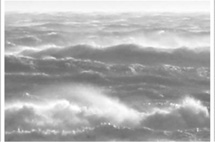
THE TRUE STORY OF HEROISM
AND TRAGEDY ABOARD THE CAN DO
Michael J. Tougias

St. Martins Press
New York
The author and publisher have provided this e-book to you for your personal use only. You may not make this e-book publicly available in any way. Copyright infringement is against the law. If you believe the copy of this e-book you are reading infringes on the authors copyright, please notify the publisher at: http://us.macmillanusa.com/piracy.
TEN HOURS UNTIL DAWN . Copyright 2005 by Michael J. Tougias. All rights
reserved. Printed in the United States of America. No part of this book may be used
or reproduced in any manner whatsoever without written permission except in the
case of brief quotations embodied in critical articles or reviews. For information,
address St. Martins Press, 175 Fifth Avenue, New York, N.Y. 10010.
www.stmartins.com
Map by James Sinclair
Title page and part opener photograph by Kathryn Parise
Book design by Kathryn Parise
ISBN 0-312-33435-4
EAN 978-0-312-33435-2
First Edition: August 2005
10 9 8 7 6 5 4 3 2 1
To the men on board the Can Do: Frank E. Quirk II, Charles Bucko, Kenneth Fuller, Jr., Norman David Curley, and Donald Wilkinson. And the men and women of the U.S. Coast Guard who put their lives on the line helping others.
I believe that man will not merely endure: he will prevail.
He is immortal, not because he alone among creatures
has an inexhaustible voice, but because he has a soul,
a spirit capable of compassion and sacrifice and endurance.
W ILLIAM F AULKNER

Contents



PROLOGUE

Samuel de Champlain discovered Gloucester Harbor in 1606 and named it Le Beauport, the beautiful port. For weary seamen it is just that. A mile wide and almost two miles long, the harbor is sheltered by land on three sides and is one of the best on the northeast coast. From Champlains discovery up to 1905 a long and dangerous shoal, Dogbar Shoal, extended almost halfway across the harbors opening to the ocean. Although the harbor offered safety, some storms were so powerful their fury reached inside the harbor by sending tremendous seas through the opening and over the shoal. In 1839 a great gale slammed into the port, crashing at least twenty schooners along the western shore and dismantling thirty more at anchor, resulting in an unknown loss of life. Witnesses said that intermittently above the tumult they heard the cries of perishing sailors pleading for help. Some were drowned and dashed upon the harbors surrounding ledges while others were swept up and over Dogbar Shoal and sent tumbling out to sea. In 1898 another gale breached the harbor, resulting in the loss of at least twenty lives within the confines of the harbor. Author Joseph Garland, in Down to the Sea, likened the mariners deaths to drowning in a bathtub. Because of these events, construction of a breakwater began at the turn of the century, when granite blocks and rocks were positioned atop the shoal. The resulting Dogbar Breakwater was completed in 1905 and it, along with the adjacent granite mass known as Eastern Point, made the harbor considerably safer, protecting it from the full fury of northeast winds.
In 1978 Gloucester Harbor was still the beautiful port, and because it was large and protected by the breakwater it was an active one. Tankers, freighters, fishing vessels, and pleasure boats were constantly entering or exiting its calm waters. Because of their great size, the tankers and freighters had to be guided through the harbor by local pilots who had intimate knowledge of its depths and hazards. The pilots were brought out to ships aboard a forty-nine-foot pilot boat called the Can Do, captained by Frank E. Quirk II. Quirk would pull the Can Do alongside a huge ship and the pilot then climbed a dangling rope ladder to board the vessel. Once the pilot was onboard he would take over the controls, maneuvering the vessel to port. Frank sometimes led the way in the Can Do, communicating with the pilot by radio to ensure a safe entry. Often the Can Do would be involved in the final docking, nudging the ship into the proper position.
Although the Can Dos dock slip was in Gloucesters South Channel off Rogers Street near the Coast Guard station, Frank also serviced Salem Harbor, just fifteen miles to the south. It was here, on February 1, that Quirk helped guide in a huge 685-foot Greek-registered oil tanker, named the Global Hope. The job was a routine one for Quirk, and he thought the next time hed hear from the tanker would be when it was ready to leave and a pilot was needed.
Instead, fate, the actions of the tankers captain, and a blizzard of incredible fury conspired to set in motion events that spiraled out of control.
PART I


1

THE GATHERING STORM
Frank Quirk, Jr., often spent the night aboard the Can Do, and on the morning of February 6, 1978, he awoke on his vessel wondering when it would snow. The prior evenings weather forecast called for snowfall to begin in the early-morning hours, yet there wasnt a flake in the sky, just low leaden clouds and a bitter cold breeze. He could have caught a little more sleep, because no piloting jobs were scheduled, but that wasnt his nature. The forty-nine-year-old former navy Seabee (construction battalion), with a wife and three children, was disciplined and full of energy. Although Franks crew-cut style hair was mostly gray, he kept in tip-top shape and was quite strong, with a stocky build. He was well liked, with an easygoing manner and a ready smile.
Frank had been plying these waters for over twenty years and had a healthy respect for the sea, but he also knew the location of most every peril and felt comfortable navigating his boat in all kinds of weather, even on the darkest nights. He considered himself quite fortunate: his work allowed him to be his own boss and, instead of being trapped in an office, he could be on the ocean nearly every day. Frank loved the sea, both the freedom it affords as well as its challenges and ever-changing nature. He felt the same about the Can Do, which he had dubbed with the Seabees motto.
Among Gloucesters fishing and boating community Frank was well known. He had received two Mariners Medals for heroism at sea and countless times aided boaters in distress. Sometimes he just brought fuel to a skipper who had run out of gas, or dived overboard to retrieve a pair of eyeglasses dropped by a careless boater. One recreational boater recalls radioing for assistance when the engine on his runabout conked out on a beautiful Saturday afternoon. Frank was relaxing on the
Next page

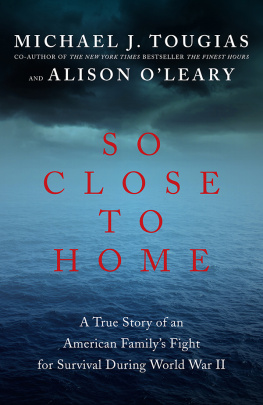
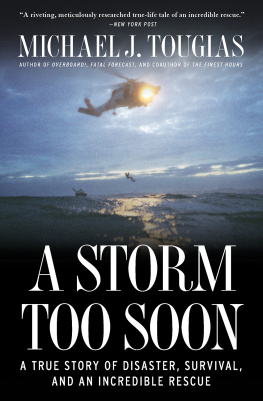
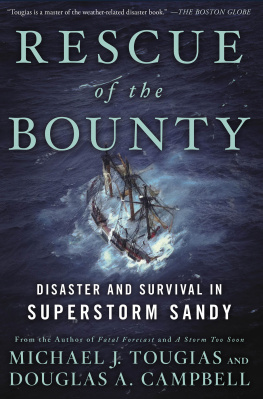
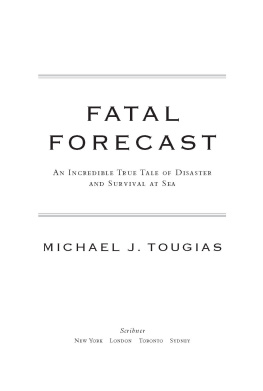
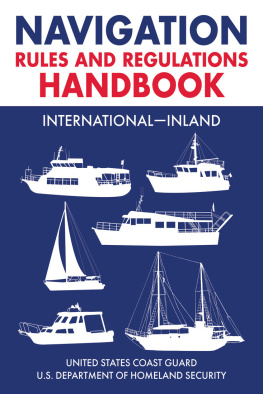
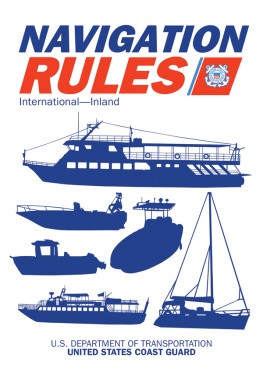
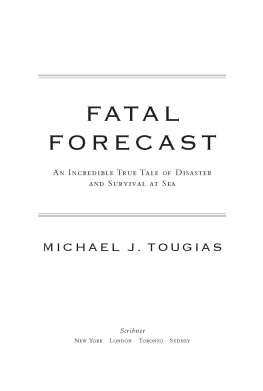
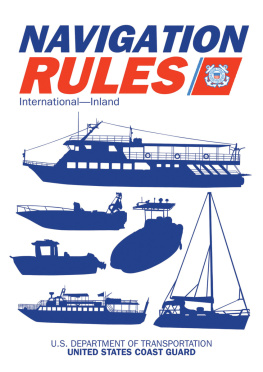
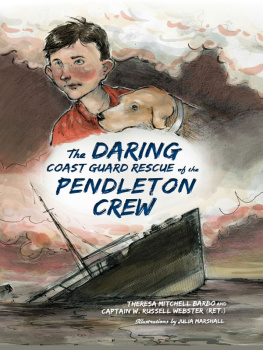


 Contents
Contents 